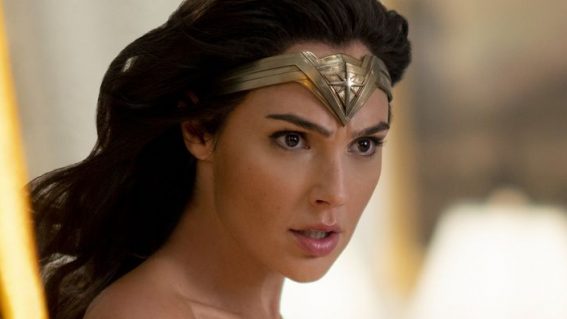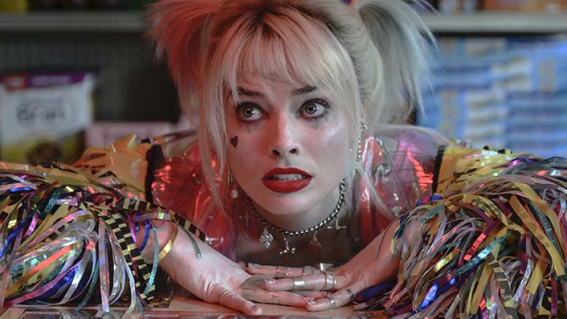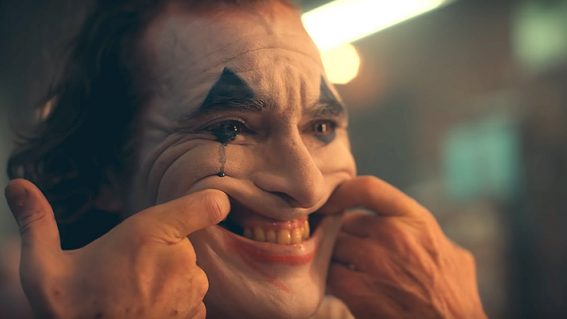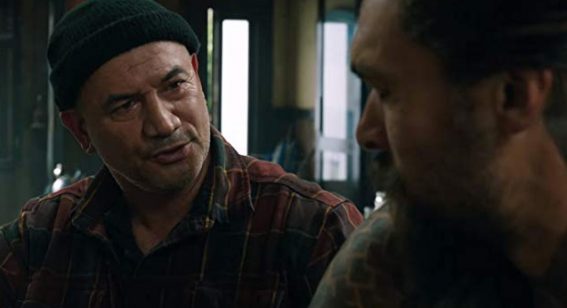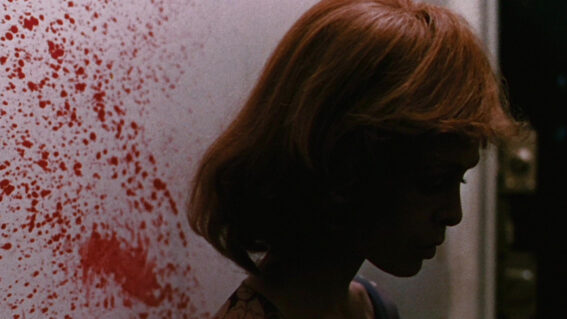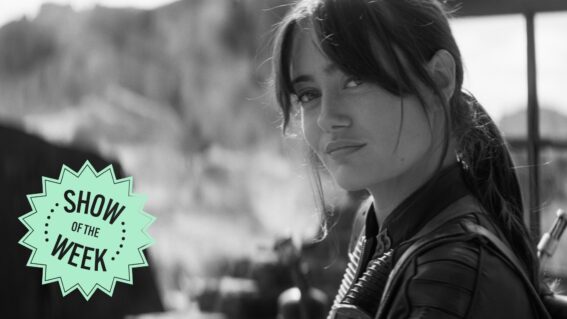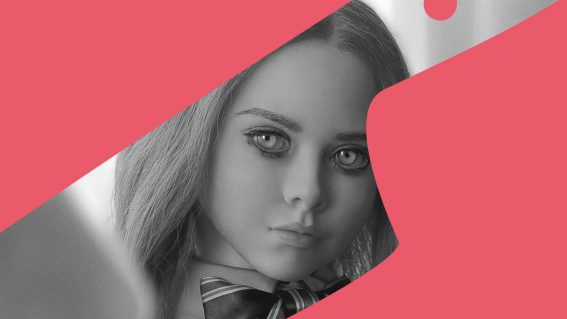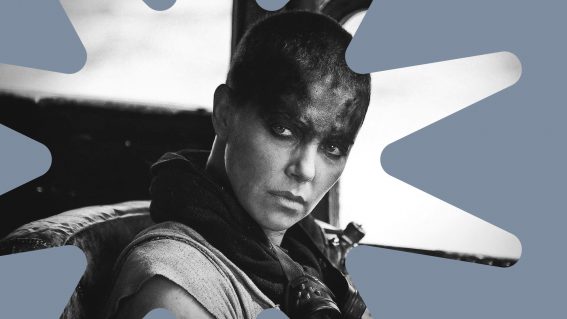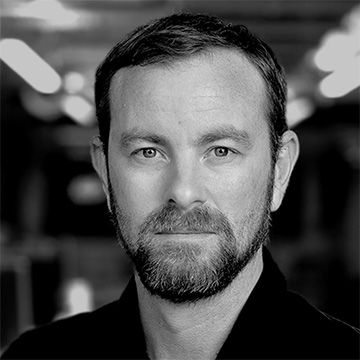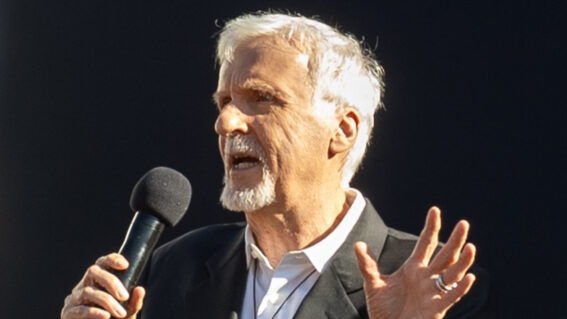What we learned from the Wonder Woman 1984 press conference
We hear from the stars and director of Wonder Woman 1984, in cinemas Boxing Day.
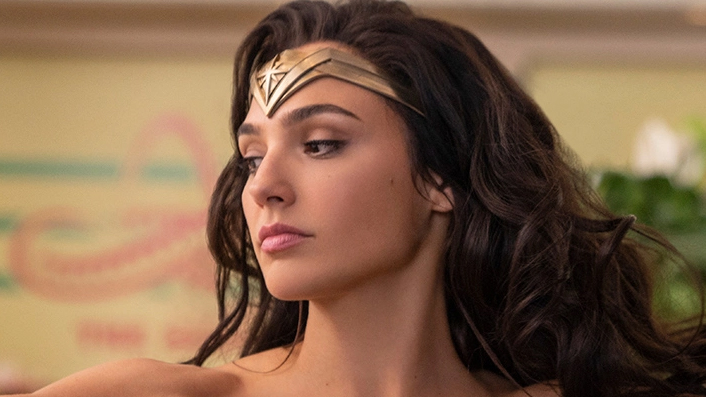
A press conference for Wonder Woman 1984 offers insights into the film, in cinemas on Boxing Day.
Ahead of the release of Wonder Woman 1984, we got the chance to participate in a global press conference. Star Gal Gadot and director Patty Jenkins were joined by cast mates Pedro Pascal, Kristen Wiig and Chris Pine. The ensuing conversation touched on the motivation for this sequel, the complexity of its action sequences, the challenges for its actors, and Gadot’s emotional experience watching the finished film.
THIS INTERVIEW HAS BEEN EDITED FOR LENGTH AND CLARITY
See also:
* All movies now playing
* All new streaming movies & series
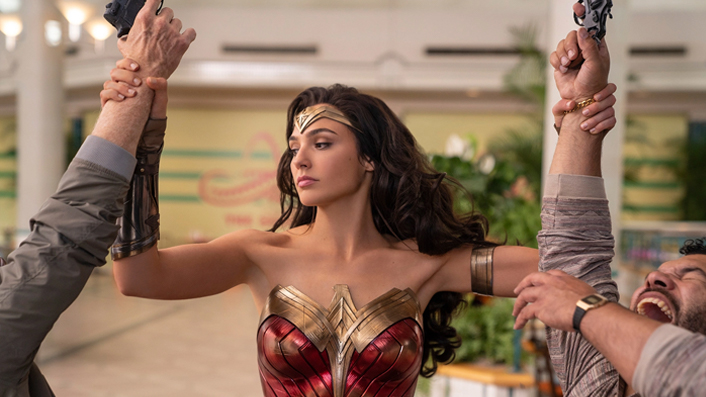
When did Patty Jenkins start thinking about a sequel to Wonder Woman?
PATTY JENKINS: As we were finishing the first film, or maybe a little earlier than that, you find yourself thinking… We were having such a good time as friends making the film that I found myself thinking “wow, I would think I’d be exhausted and sick of this, but actually I’m only frustrated by what I didn’t get to do with Wonder Woman and this whole great group of people”.
And really, we spent the entire first film making Wonder Woman, creating Wonder Woman. She’s only Wonder Woman in the last scene of the movie.
So, I found myself really craving doing a movie about Wonder Woman—now full blown Wonder Woman. And then I started reflecting on what I felt was going on in our world and what Wonder Woman would want to say to the world and the story came out of that.
The first film was about the birth of Wonder Woman. I think what Wonder Woman goes on to stand for in the world is that she’s actually really trying to teach. She’s trying to teach everyone she encounters how to be their better self and trying to help mankind be better.
So, getting into Diana’s whole relationship with with humanity.
The last one was her discovery of humanity. Now how does she live within humanity? By the way, she’s not perfect either, so her own struggles and journey to do the right thing—being a hero—is not an easy thing. It’s actually a super difficult thing. So that I was really interested in too—what does it feel like?
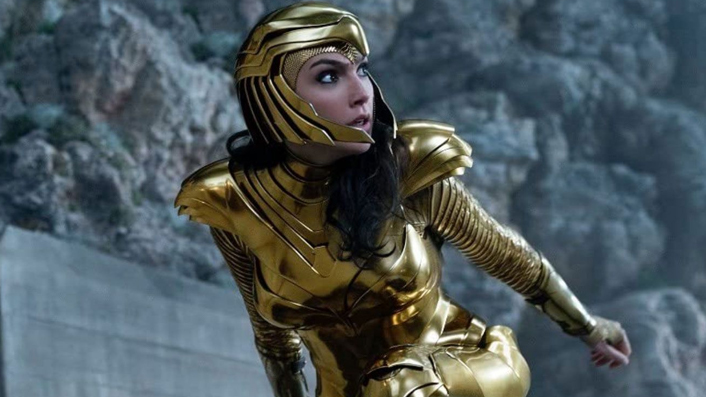
The action sequences use complicated stuntwork and practical effects, especially Wonder Woman’s final confrontation with Cheetah.
PATTY JENKINS: There were quite a few scenes that were unbelievably complex but this was one of them because we had to build that entire space. We designed what we wanted something to feel like and look like and what the moves were and then we had to build. There was no stage big enough in the world. We had to build the stage and then we had to build all those things and then we have Cirque du Soleil performers practicing them and showing us what things are going to look like and then these guys have to end up doing it. And so it was incredible.
But it was it was fun to really aspire, and I think Gal I were talking about this from the very start, to decide how they would fight. It would be completely different—they’re friends right, or at least they’ve had this friendship in the past year. It’s not about punching in the face, they’re both trying to literally get the other one under control. I mean, I think Cheetah’s got worse intentions than that, but so narratively it was fascinating. And then how it would work spatially was fascinating and then executing it was long and laborious and wild but also exciting—because you would see the moves and be like “whoa, that’s so awesome”.
GAL GADOT: Patty really made a point about wanting to have minimum amount of CGI in our movie. So most of the stuff that you’re going to see is real people doing the real thing, whether it’s us or the stunt people, it’s real people. So it took much longer. You have to prep and to rehearse much longer. The wire work that we’ve done at the mall and for the for the fight with Cheetah was like… I don’t think it was ever done before, just because people don’t do these type of wire rigs anymore and they just do CGI.
But when you see it in the movie, you can just tell that it’s the real deal. You can see by the face expressions that it’s real, you can see the weight and the movement and the speed. It’s the hardest movie I ever got to shoot by far, but it was worth it. Especially because the first movie was received in such an amazing way that there was just no way we’re going to take any shortcuts. We were just gonna raise the bar and give everything we have because we knew people were so invested with the character and cared so much about her.
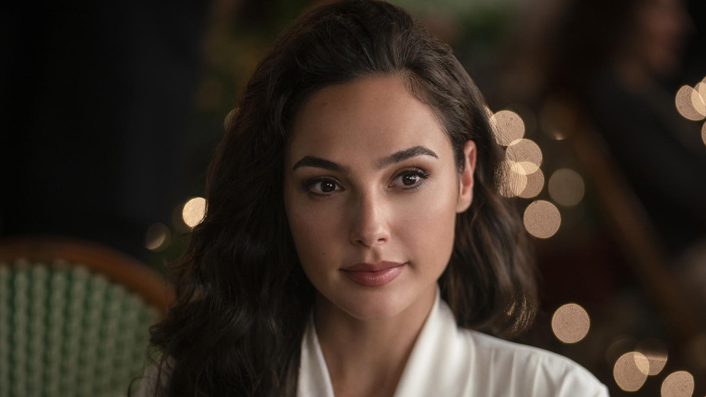
How did Gal Gadot approach revisiting Diana Prince?
GAL GADOT: There’s something about working with a director who is completely there with you, for you, behind you, beside you, and to guide you that gives us the freedom to really let go and take all the risks that one can be very frightened to take without such a partner. So, first of all, I’m very grateful to have such an amazing director to work with.
We discussed a lot about the history of Diana and how her life had been since we last saw her in 1918 all the way to the 1980s. And, you know, she lost all of her team members. She’s been very lonely. She doesn’t really want to engage and make new friends because then they’re going to realise she doesn’t age and they’re going to die and she has to let go.
So she kind of isolated herself from the world and her only goal is just to help and better mankind than be there for them and guide them and try to do good. So, creating the history of Diana is something that we always discussed.
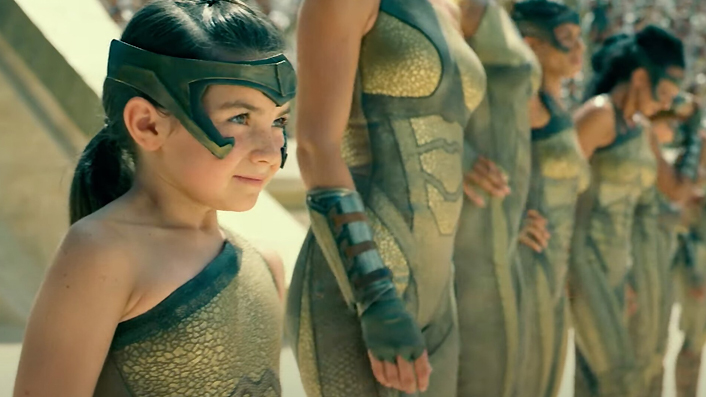
An emotional experience seeing Wonder Woman 1984 helped Gal Gadot understand the power of the film.
GAL GADOT: I wasn’t lucky enough to see so many Wonder Woman type characters when I was growing up. When I watched the movie for the first time—and y’know I’m the star of the movie, I’ve read all the drafts and we were on set when so much of this was being shot, even when it wasn’t us—when I saw the opening sequence, it was certainly something.
The reaction I had, I just didn’t expect to have. I got so emotional and for the first time I didn’t feel like I was Gal, the actress, Gal, the woman. I felt like Gal the 8-year-old watching another 8-year-old doing something otherworldly and being so good at it and she’s doing it in her way, it’s her own. And it moved me so deeply.
I got emotional and all of that but then I realised the power of these movies—you can you can become someone when you see it. I’m a big believer that when you see it, you think you can be it—and then you become it.
So, I didn’t have the opportunity to see all of these strong female characters but now I’m seeing it and seeing the way that it affects my daughters. But, by the way, also boys and men and different types of people. It’s so powerful and it’s so strong and I feel very very grateful that I have the opportunity to be a part of this.
I don’t think I’ve ever seen anything like this before because also the girls they do it like a girl would. They do it like women would. You know, it’s not like when you see women try to fight like men. We’re females, our bodies are different and the way we move is different. And, so this is how we do it.
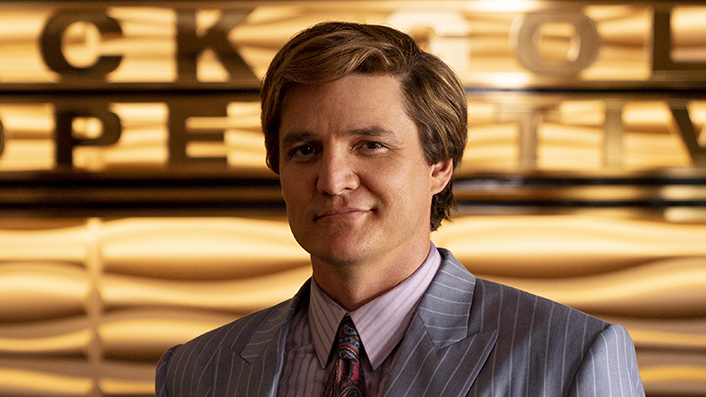
What were the challenges for the rest of the cast?
PEDRO PASCAL: I call it the Patty Jenkins experience. We can’t get away with something that is typical. It has to be complete and have all the risks and all of the danger and ultimately the humanity—no matter how dark of a character it is—to make that experience as honest as possible.
I wasn’t surprised by that because of all of her films that I’ve seen before and the performances that are in these movies. But I definitely didn’t know if I would be able to get there. And I owe it my director I completely owe it to my director. If it worked.
The scariest thing about this movie, for me, this experience, was to do something that is a lot closer to me at least energetically. Just to kind of expose this desperation, instead of, you know, brood with a moustache.
It was expose, expose, expose, and I had to use a lot of myself to do what Patty wanted and so it was really scary and thrilling.
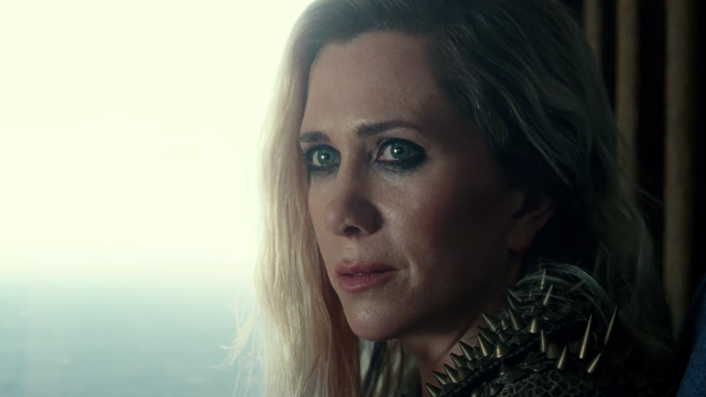
KRISTEN WIIG: I kind of second what Pedro said in that we didn’t want me to be the typical sort of mousy girl turned villain. What is it about her that makes her so lonely and so invisible and then what does she really really want?
I’ve never done anything like this before, I’ve never played anything like this, so it was very scary. I could visualise what I didn’t want it to be more than what I did want it to be. I felt very taken care of and it was an amazing, scary, but fun experience for me.
I don’t really get asked to do those kind of things to be honest, and I was really shocked and happy and of course felt extra pressure when I signed on. I’m a superhero geek—I see all the movies, I’m at the theatre, I’ve seen all of them.
I was obsessed with the first one so to know that I was going to be in it and that I got a chance to be a villain and that you know Patty believed that I could do it—it was an amazing life experience for me.
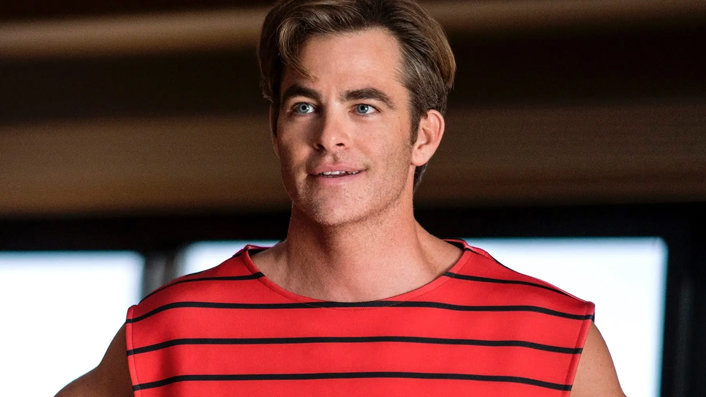
CHRIS PINE: For me, the most interesting thing to explore was the idea of the man playing the proverbial fish out of water. We played with those tropes in the first film and to come back and play with them in the second was a lot of fun.
It was a bit harder than I expected it to be. The greatest actor challenge of all time is pretend to be a baby, you know a child in the world seeing everything for the first time, and that was great fun. Everything became a moment for excitement or exploration or fear, and then trying to figure out the logic of how would I engage with this object that I’ve never seen before. So yeah we had a blast.






